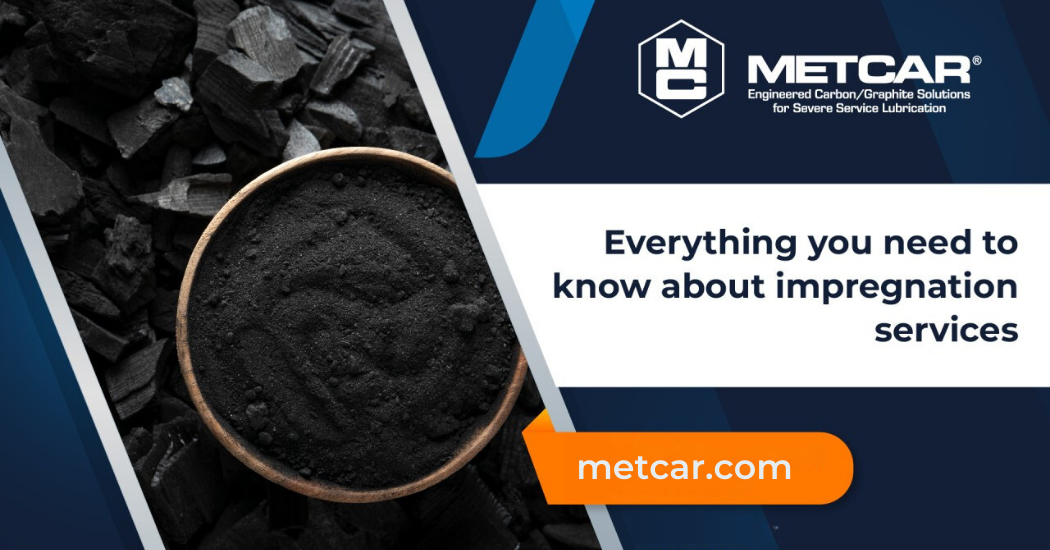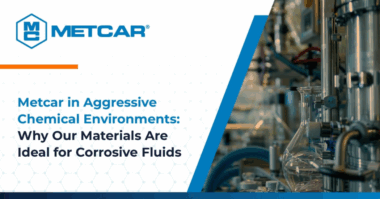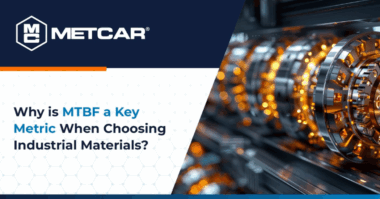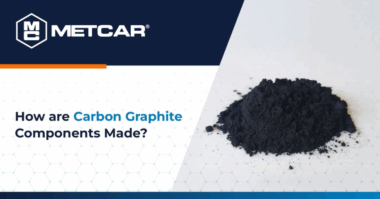Porosity in carbon graphite materials is an inevitable phenomenon. Despite advanced technologies and production techniques, porosity arises as an intrinsic part of the manufacturing process. During the baking operation, the binders used in the production of these materials carbonize, releasing hydrogen and other gasses. These gasses create an interconnected network of porosity as they move toward the surface of the material.
What is molten vacuum pressure impregnation?
Molten Vacuum Pressure Impregnation (MVPI), also known as porosity sealing, is a process aimed at sealing porosity in carbon graphite using vacuum and pressure. This technique can effectively eliminate both micro-porosity and macro-porosity present in the materials.
The porosity in these materials is uniformly distributed throughout their structure. Without proper treatment, air and fluids can leak through mechanical seals. Additionally, porous materials cannot support the hydrodynamic film necessary for the efficient operation of carbon graphite bearings in low-viscosity liquids.
Benefits of vacuum pressure impregnation
By sealing and reducing porosity, the impregnation process offers multiple benefits, including:
- Improved material strength and stiffness: Treated material gains greater structural solidity, increasing its durability and load-bearing capacity.
- Enhanced thermal properties: Impregnation improves the thermal conductivity of the material, allowing for better heat management and reducing the risk of thermal failures.
- Increased current-carrying capacity: Impregnated materials can conduct electricity more efficiently, which is crucial in electrical and electronic applications.
- Improved lubricity in severe service conditions: Impregnation facilitates the operation of materials in high-friction and high-temperature environments, enhancing their performance in difficult conditions.
In summary, MVPI ensures product quality, extends product lifespan, increases productivity, and reduces operational costs.
Industrial applications of vacuum pressure impregnation
Vacuum pressure impregnation is an essential tool across a wide range of industries, from industrial bearing and pumping manufacturing to aviation and medical devices. This process is key to maximizing the performance and durability of components in various applications.
Metals used in MVPI
The impregnation process can be performed on a variety of porous materials with high melting points that are not affected by molten metal. The metals used in MVPI must be stable and resistant to attack by heat, oils, or chemicals. Common metals in this process include:
- Copper
- Silver
- Bronze
- Babbitt
- Antimony
- Nickel
- Chrome
These metals offer various advantages, such as improved current-carrying capacity and heat dissipation, essential in sectors like aerospace, energy, industrial, and food. Impregnation with these metals ensures sealed components that meet the highest consumer expectations, delivering reliable results supported by the science of vacuum pressure impregnation.
Impregnation process
The MVPI process involves several carefully controlled stages:
- Material preparation: Components to be impregnated are cleaned and prepared to ensure the removal of contaminants that could affect sealing quality.
- Vacuum application: A vacuum is applied to extract air and gases trapped within the material’s porosity. This ensures that the molten metal can fully penetrate the pores.
- Molten metal impregnation: The material is submerged in molten metal under pressure, allowing the metal to fill the porosity. Pressure ensures complete and uniform metal penetration throughout the material.
- Cooling and solidification: Once the metal has filled the pores, the material is cooled, and the metal solidifies, permanently sealing the porosity.
Molten vacuum pressure impregnation is a vital process for enhancing the quality and performance of carbon graphite materials. By sealing porosity, higher levels of strength, stiffness, thermal, and electrical conductivity, and lubricity can be achieved. This process is fundamental in industries requiring high-precision and durable components, and its implementation can significantly improve operational efficiency and reduce costs.
Conclusion
Molten vacuum pressure impregnation is an advanced technique offering effective solutions for porosity in carbon graphite materials. Through this process, it is possible to significantly improve the mechanical and thermal properties of materials, ensuring optimal performance across a wide range of industrial applications. Adopting MVPI can transform the quality and durability of components, providing long-term benefits in terms of performance and operational costs.
If you seek to maximize the efficiency and lifespan of your carbon graphite components, molten vacuum pressure impregnation is an indispensable solution. With its ability to enhance strength, conductivity, and lubricity, this process ensures your materials are prepared to face the most demanding conditions and meet the highest performance and durability expectations.
Learn more about the Metcar process.




